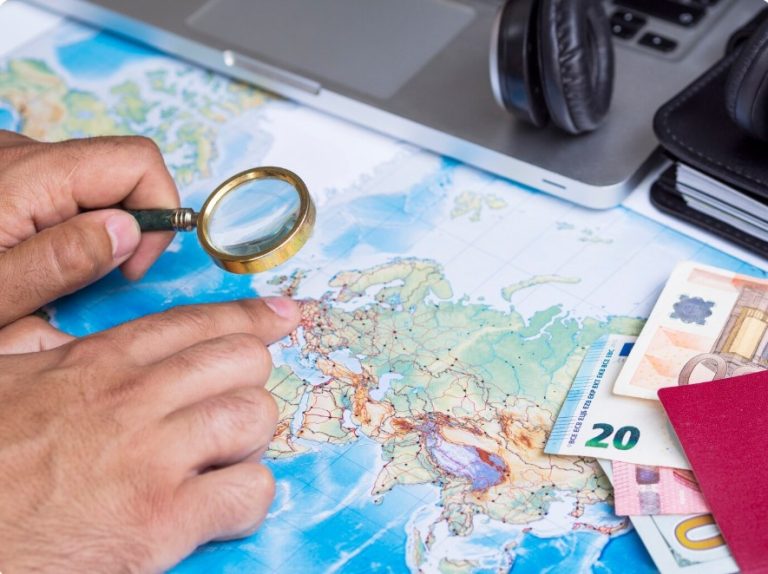Switzerland, with its stunning Alps, pristine lakes, and charming cities, is a dream destination for many. However, its reputation for being expensive can deter budget travelers. With careful planning, a budget trip to Switzerland in 2025 is achievable. This article outlines key steps, focusing on visa requirements, budget management, and affordable flight options, to help you enjoy affordable Switzerland travel packages without breaking the bank.
Securing a Schengen Visa
For travelers from countries like India, a Schengen visa is required to enter Switzerland. In 2025, the visa fee is approximately ₹7,000 (around $85) per person. Apply through the Swiss embassy or consulate at least 15 days but no more than six months before your trip. Required documents include a valid passport (valid for at least six months), travel itinerary, proof of accommodation, financial statements showing sufficient funds (100 CHF or €92.34 per day), and travel insurance, which is mandatory and costs $50–200 depending on coverage. Many affordable Switzerland travel packages include visa assistance, simplifying the process. Book with reputable tour operators to ensure smooth documentation and avoid last-minute hassles.
Budgeting for Your Swiss Adventure
Switzerland is notoriously pricey, with average daily costs for budget travelers ranging from $100–150 (85–130 CHF). A 7–10 day trip for a couple from India can cost ₹1,50,000–3,00,000 ($1,800–3,600), covering flights, accommodation, food, transport, and activities. To save money:
- Travel in Shoulder Seasons: Visit in spring (April–May) or autumn (September–October) for lower flight and accommodation costs. September offers pleasant weather and stunning autumn landscapes, ideal for sightseeing.
- Accommodation: Opt for hostels ($50/night), budget hotels ($100–150/night), or Airbnb rentals outside city centers. Camping is a cheaper alternative, with sites in Geneva or Zermatt costing 25–35 CHF per person.
- Food: Eating out is expensive ($15–50/meal). Cook your own meals using groceries from supermarkets like Migros or Coop, which offer budget brands like M-Budget or Prix Garantie. Lunch specials at cafes (10–19 CHF) are more affordable than dinner.
- Activities: Focus on free activities like hiking, swimming in lakes, or exploring city parks. Many museums offer free entry days, so plan visits accordingly.
A personal loan or no-cost EMI options from travel agencies can help manage expenses without financial stress.
Finding Budget Flights
Flights are a significant expense, but deals can be found. Round-trip flights from the U.S. range from $600–1,500, while from India, expect ₹50,000–80,000 ($600–950). Use flight search engines like Skyscanner or Momondo to compare prices, focusing on budget airlines like Ryanair or EasyJet. Booking during off-peak seasons or opting for connecting flights via European hubs like London or Milan can save hundreds. For example, TAP Portugal offers flights from New York to Milan starting at $351, with easy train connections to Switzerland. Zurich and Geneva are well-connected airports, with efficient train and bus links to tourist sites.
Maximizing Savings with Travel Passes
Switzerland’s public transport is excellent but costly. A Swiss Half-Fare Travelcard (120 CHF) offers 50% off most trains, buses, and boats, while a Swiss Travel Pass (from 244 CHF for 3 days) provides unlimited travel and free museum entry. Book Supersaver tickets on the SBB website for discounted train fares. FlixBus offers affordable intercity travel, with tickets as low as $10 from nearby countries like Germany.
Conclusion
A budget trip to Switzerland in 2025 is within reach with strategic planning. Secure your Schengen visa early, travel during shoulder seasons, choose budget accommodations, cook meals, and leverage travel passes. By booking affordable flights and exploring cost-effective Switzerland travel packages for couples or families, you can experience the Alps, lakes, and cities like Zurich and Bern without overspending. Start planning now for an unforgettable Swiss adventure.

